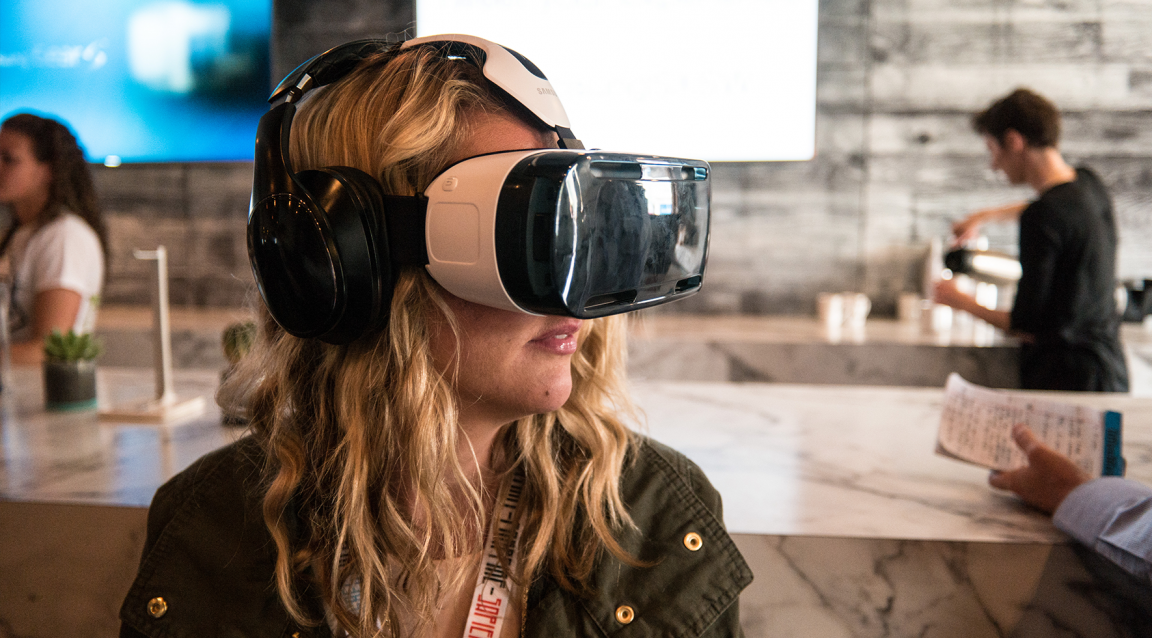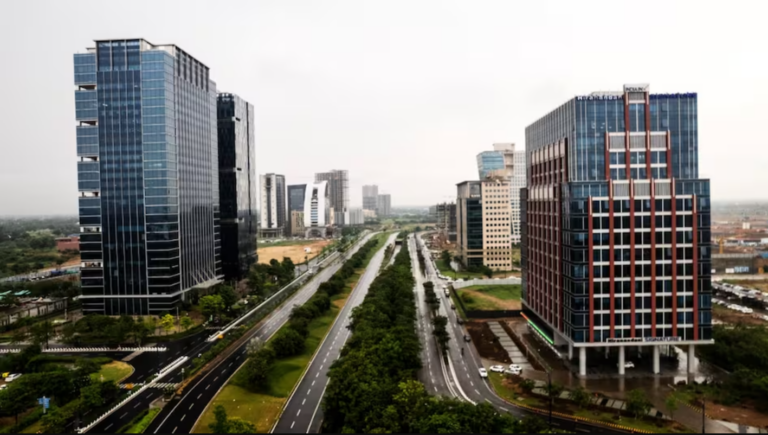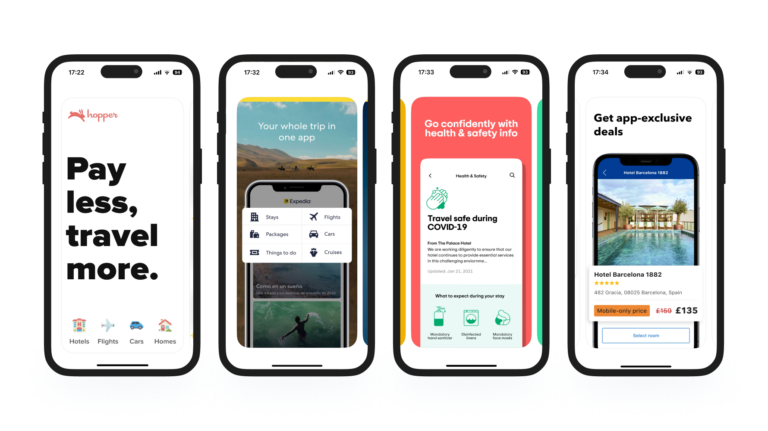Virtual Reality (VR) has been around for a while, but it’s finally entering the mainstream with practical applications that could revolutionize the way we work. In the next five years, VR is expected to become an essential tool for businesses, educational institutions, and even individuals looking to enhance their work experience. Here’s how VR will transform the workplace in the very near future.
1. Remote Collaboration Like Never Before
As remote work becomes the norm for many industries, businesses are searching for new ways to keep teams connected and engaged. VR is stepping in to fill that gap, offering virtual meeting spaces where teams can collaborate in real time, no matter where they are physically located.
Rather than relying on traditional video calls, employees can enter a virtual office through their VR headsets, interact with colleagues in a 3D space, and use virtual whiteboards, documents, and project management tools to brainstorm ideas. Companies like Facebook (Meta) and Microsoft are already working on creating virtual environments where remote teams can meet, work on projects, and socialize – as if they were in the same room together.
2. Training and Skill Development
One of the most exciting applications of VR in the workplace is in training and development. For industries that require hands-on experience or complex simulations, VR offers a safe, cost-effective way to train employees without risking real-world consequences.
For example, in industries like healthcare, VR is being used to train medical professionals in performing surgeries or diagnosing patients, allowing them to practice in a controlled, virtual environment. Similarly, VR can be used in fields like manufacturing, aviation, and construction to simulate real-world scenarios and train employees on high-risk tasks without putting them in danger.
This immersive learning experience helps employees retain information better and practice their skills until they feel confident in their abilities, all without the risk or expense of traditional training methods.
3. Enhanced Customer Service
VR is also set to revolutionize customer service by offering more interactive and immersive experiences. Imagine a virtual showroom where customers can explore products, test features, and interact with customer service agents – all without ever leaving their homes.
In the retail industry, VR could allow customers to virtually try on clothing, test out electronics, or walk through a property before making a purchase decision. For businesses, this means higher customer satisfaction, fewer returns, and better overall engagement. It also opens up new opportunities for businesses to expand their reach by offering customers a more interactive and personalized experience.
4. Creating a More Inclusive Workplace
For individuals with disabilities, VR offers a level of accessibility that wasn’t previously possible. Employees with mobility challenges or physical impairments can use VR to attend virtual meetings, collaborate with colleagues, and engage in workplace activities from the comfort of their own homes. VR technology can also assist in the design of workspaces that are better suited to employees with specific needs, providing more inclusive and adaptive work environments.
Moreover, VR can facilitate accessible learning for employees who require different training approaches, helping them engage with content in a way that works for them.
5. Work-Life Balance and Mental Health
As work increasingly blends with home life, there is a growing need to preserve work-life balance and mental health. VR can offer solutions for improving workplace well-being, such as virtual wellness spaces where employees can de-stress, meditate, or take virtual breaks. Companies are already experimenting with VR to help employees deal with burnout, stress, and anxiety through immersive mindfulness sessions.
Additionally, VR could serve as a tool for creating healthier work environments, reducing the need for long commutes, and offering flexible options for employees to work from home without feeling isolated.
Conclusion: The Future Is Virtual
VR is no longer just for gaming or entertainment; it’s transforming how we work. From remote collaboration and training to enhanced customer service and improved workplace wellness, the potential applications of VR in the workplace are vast. As technology advances, VR will likely become an integral part of our daily professional lives, offering more flexibility, efficiency, and opportunities for personal growth.
In just five years, VR could reshape the way we work, making it more interactive, inclusive, and engaging than ever before.









